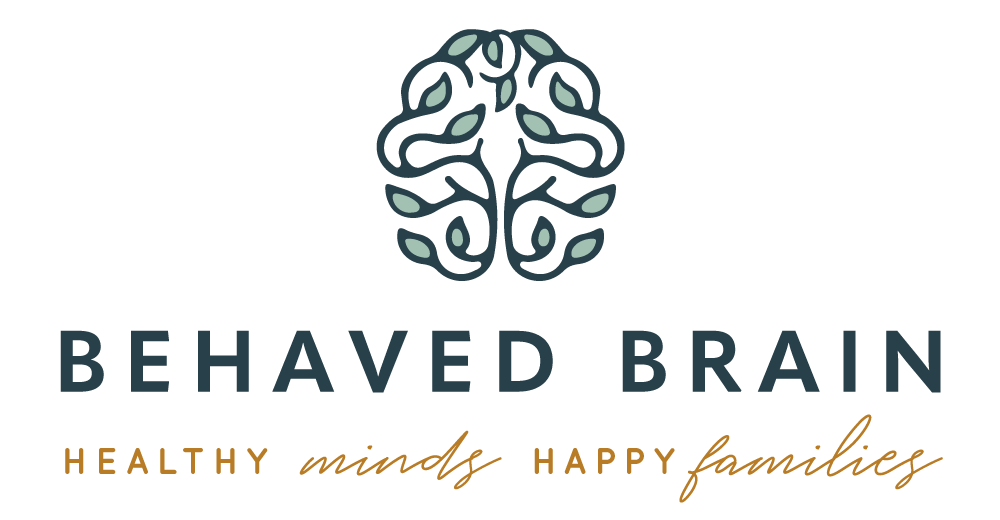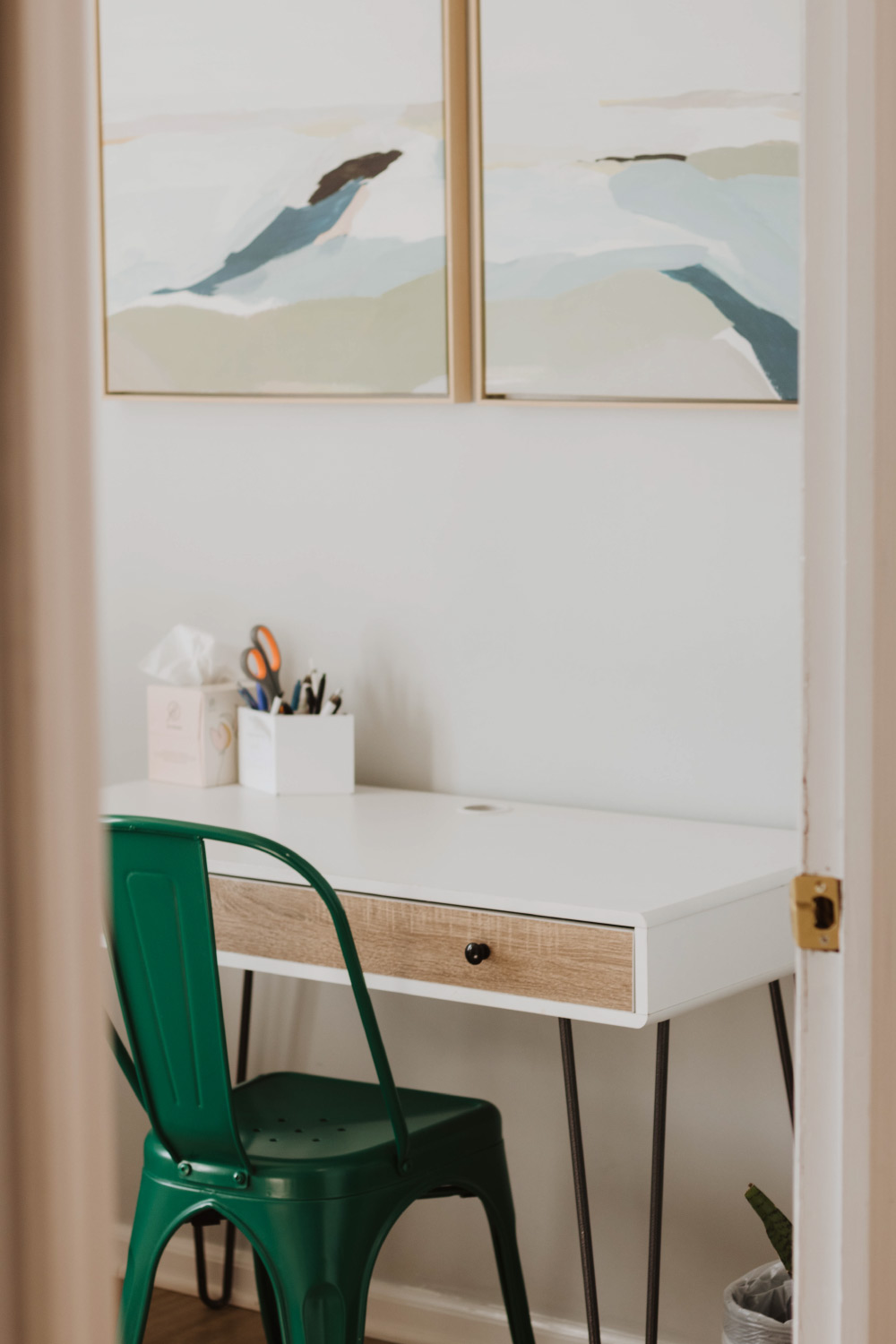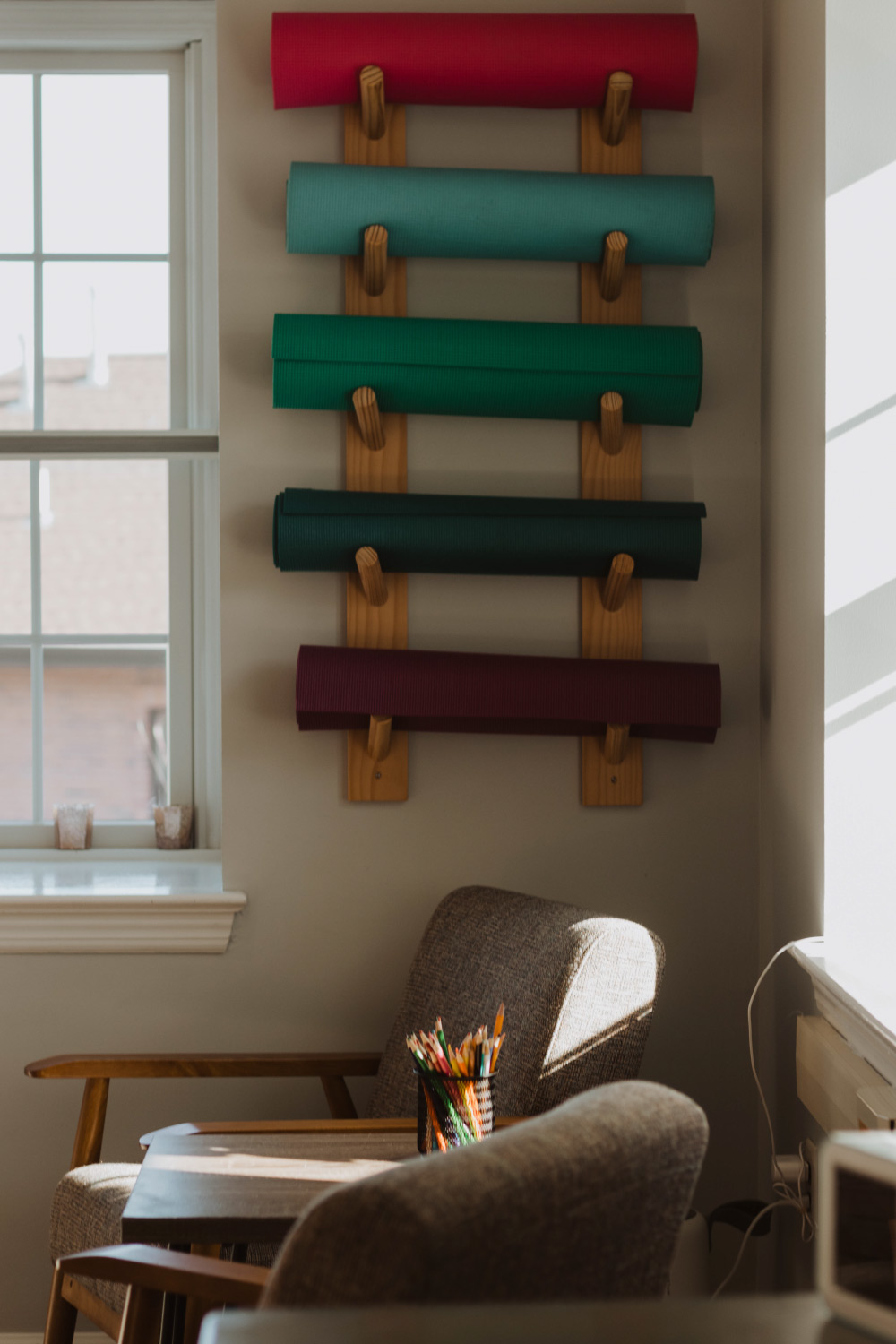Winter is a tough time. While it could, in an ideal world, be relaxing for you (sitting by a warm fire, reading a book), the reality is your incredibly hyper children are running around the house and you are going to lose your marbles.
Kids can get stir crazy. Being stuck inside all day at school, with maybe an outdoor recess for 20 minutes if it isn’t freezing, does not let them get their energy expelled.
But then they come home and they are equally as bored and charged-up. As parents, we usually turn to screens or some form of technology to help distract our kids, but this has a rebound effect because when they turn it off, they are even more hyper, won’t go to bed, continue to be disrespectful – the list goes on.
At Behaved Brain, we are big fans of the “Minimalist Parenting Movement”. The book, Simplicity Parenting, really focuses on creating moments, structure, and boundaries, so we appreciate our children instead of yelling at them. This, however, takes work, acceptance, and some major parental self-care.
Sensory behaviors are really heightened in the winter. Look to establish a good sensory/movement based routine with your high-energy child. You want to make sure you are doing some motor planning/organization activity, like Simon Says, obstacle courses, HIIT (high-intensity interval training) workouts, or yoga. Allowing your child to jump freely in a bounce house, while fun, will not have the same calming effect.
All kids have some form of sensory seeking behaviors. Their brain is growing and organizing. Occupational therapists are a great resource if you feel like your child is really struggling with Sensory Integration Issues. The Out of Sync Child is a good read to determine if this is your issue.
Also, as humans, we really crave some outside time. It is amazing how powerful five minutes in the fresh air can be to reset the mood in your child, and yourself.
I really suggest taking your kids outside for 5-20 minutes when they first get home from school. After they have a snack (a healthy brain one of course) get them dressed and out for a bit. Try to have them walk, climb, or play. As long as they are dressed appropriately and you are monitoring them, the cold should not hurt them. Play a quick game of tag, build a fort, take the dog for a walk, play some catch, or even have them take the garbage out.
All behaviors show precursors, so if you see your child is starting to not listen or become hyperactive, this is their way of showing you they need more stimulation. Playing hullabaloo is a great way to engage little ones as well. Bigger kids may like (we use this word loosely) workout videos. You can even start a family workout challenge or plan to work out together.
Making sensory putty and play dough is a fun activity that can be very calming. Games like Kinetic Sand and slime making kits are fun, too, and can help calm kids through their tactile senses.
Having kids play in the bath and using water play can also help with some behavior issues. Give them some measuring cups or a bath science kit; they can focus on the water, relax, and get some of that energy out. A great way to help them relax is to add some EPSOM salt to their bath. This helps their body to relax and detox. Make sure, however, that they don’t drink the water and you give them water to drink when they get out.
Our brains crave and run better with daily movement and outside time. In part, this is for vitamin D. Experiment with vitamin D supplements this time of year. We like this one from Metagenics.
Try to get outside, when you can. If not, provide ways for your kids to move in a planned, organized way at home.
Happy Winter!







